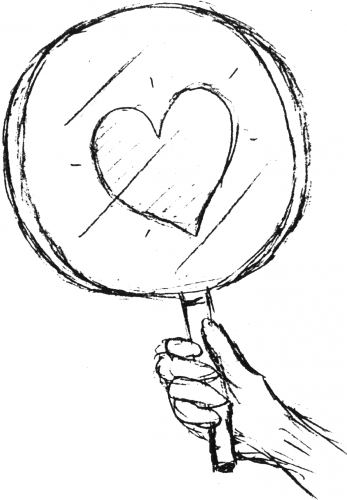From the moment we wake up in the morning, we take many pictures with the lens in our hearts. Our sensory organs, not only our eyes, take all sorts of pictures of the world we live in. When we go through the countless pictures we take during the day, we realize that they were taken with a lens covered with layers of prejudice and stubbornness, regardless of the true essence of the objects in our pictures. At the end of the day, we come to realize that many of those photos are part of our illusion and have little relevance to the essence of the world.
The photos of people or objects that have a positive impact on us will project a favorable ambiance, while those of people or objects that have a negative impact will project a contrasting mood. These pictures are taken purely from our own perspectives regardless of the intention and truth of the people or objects in the pictures. That would be fine as long as they make little difference in our lives. If they become an important determinant of how we judge the world, however, we begin to face mounting difficulties. Buddha said that a snapshot containing a single thought would exert its influence for millions of years to come. It is not a coincidence that when you meet someone new, you either feel close to or distant from them even though you have never met that person before. The pictures of people around us taken with the lens in our hearts continue to serve as a touchstone for how we view them in the many years to come.
The secret to staying away from misfortune and pain is to take a picture as close to the truth as possible, with a clear and pure heart. Life becomes a sea of pain because our lens is stained. Therefore we should do our best to wipe our lens clean based on Buddha’s teachings and try to take pictures that capture as much truth as possible.
♦
Adapted from Striving for the Highest Happiness, by Venerable Jigwang. Reprinted with permission of Nungin Sunwon Temple, Seoul, South Korea.
Thank you for subscribing to Tricycle! As a nonprofit, we depend on readers like you to keep Buddhist teachings and practices widely available.
